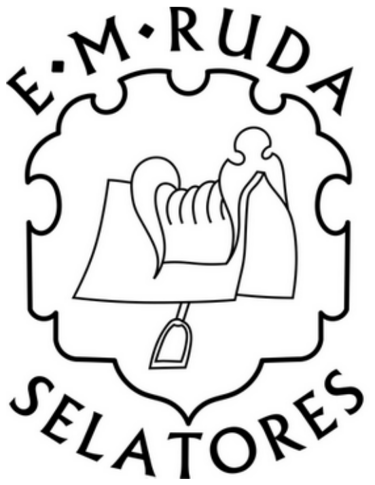RECONSTRUCTION SADDLES 1400-1550

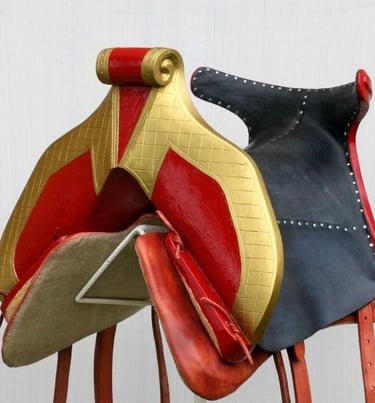
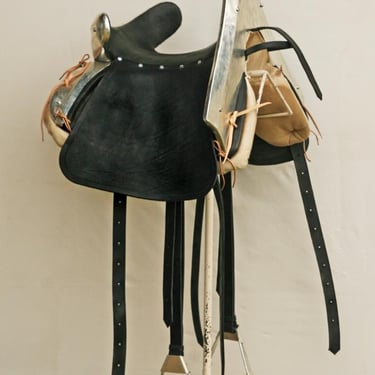
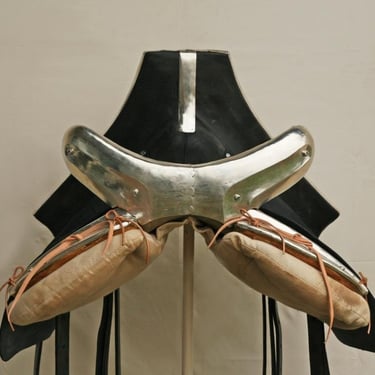
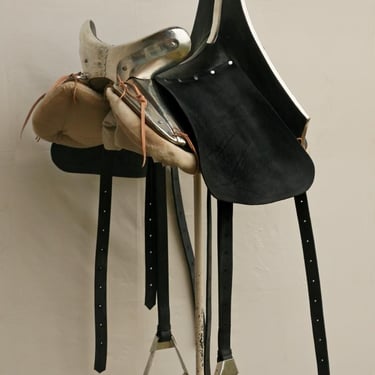


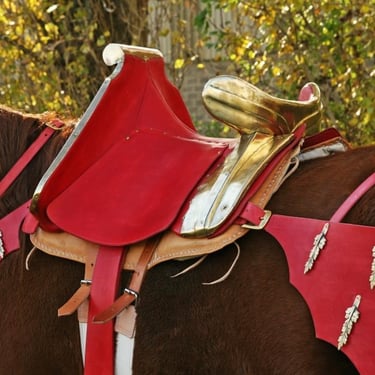
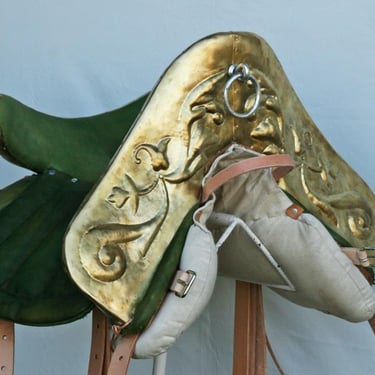




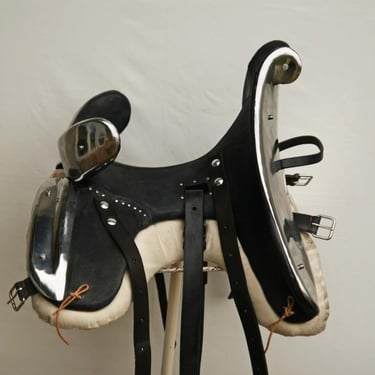
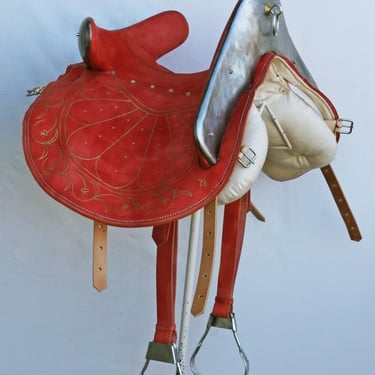
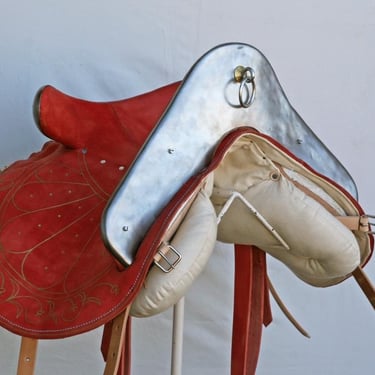
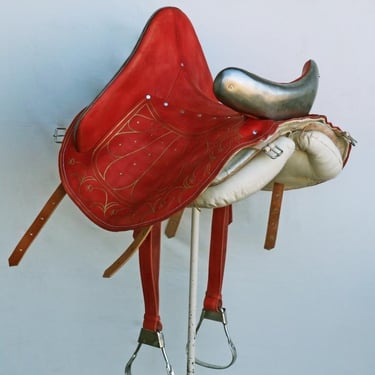
JOUSTING no.1 (15th c.) - 4300 Є
Reconstruction of the medieval saddle from the Conrad Laib painting 'Crocifissione'- 1557.
Bravante saddles with metal plates
Bravante saddles with brass trims
Bravante saddles of different kinds

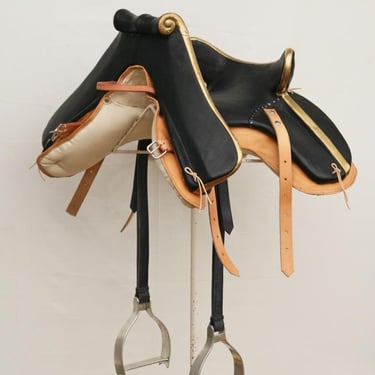

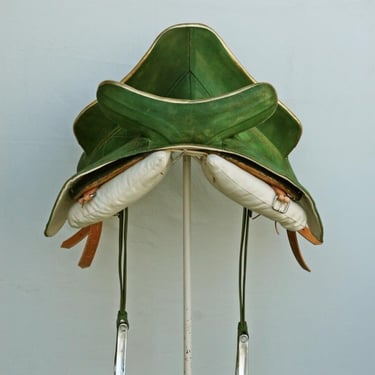
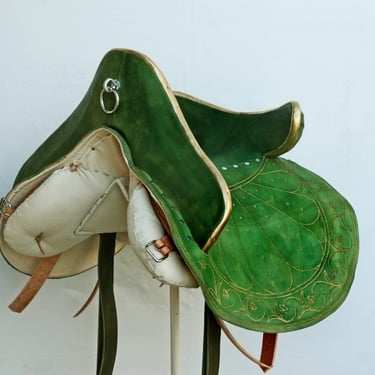
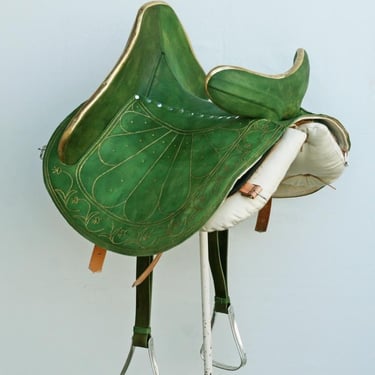


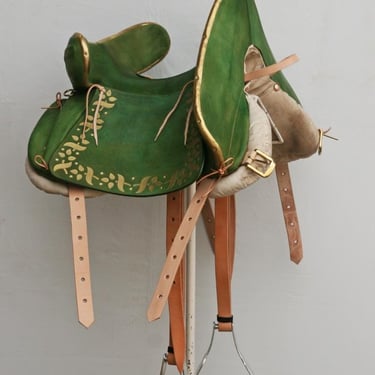
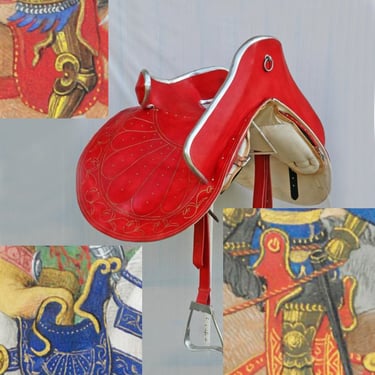
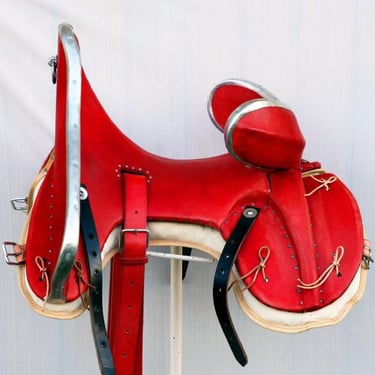



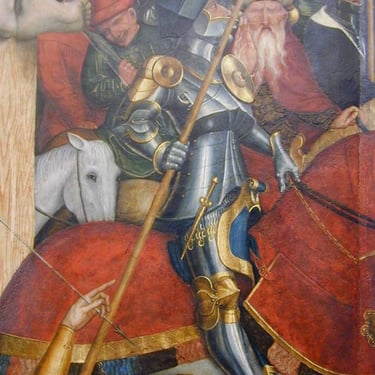
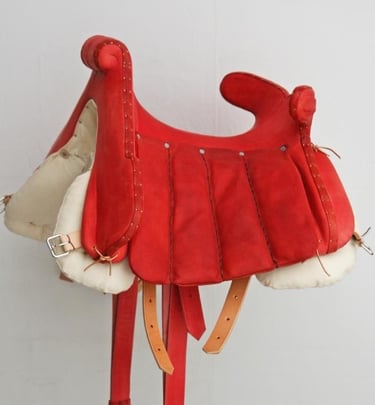


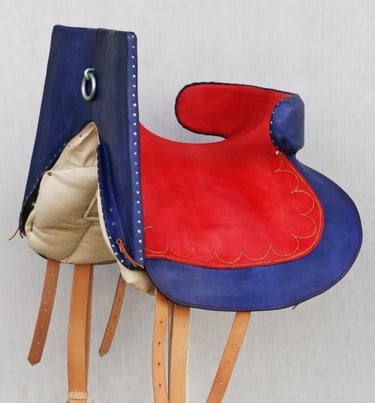
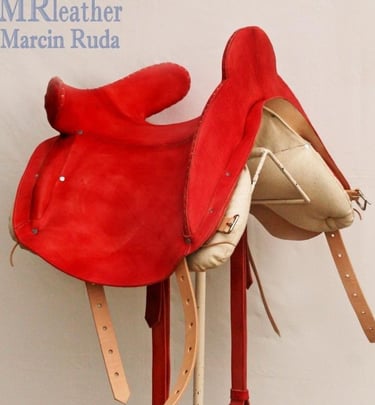

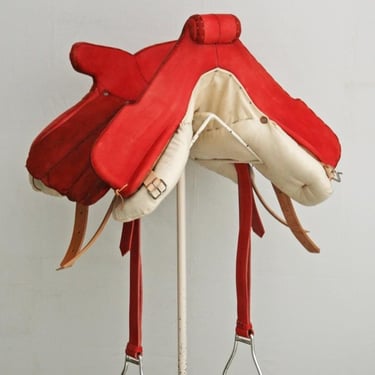


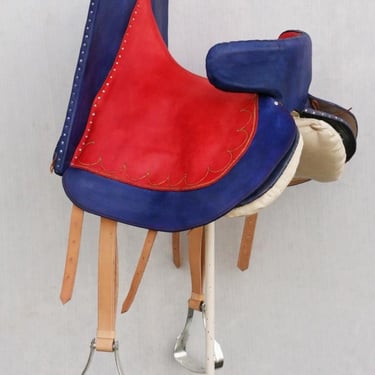
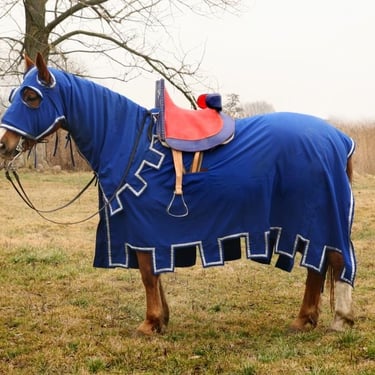
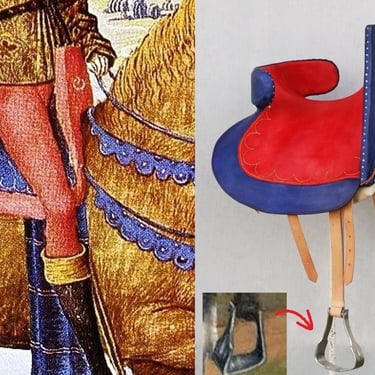
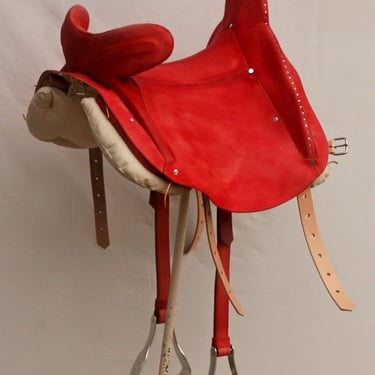
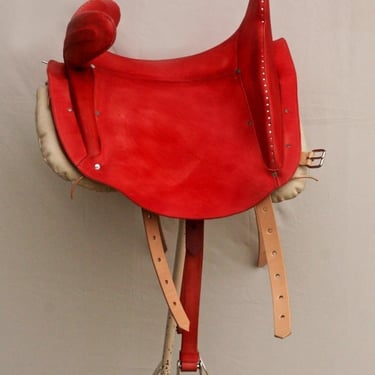

JOUSTING no.2 (15th c.) - 3800 Є
Based on 'Master of the Münster Death of Saint Nicholas' 1470-80.
JOUSTING no.3 (15th c.) - 3200 Є
Based on 'Le roy Alexandre monte sur Bucephale'- half of 15th c.
Covered with red and blue leather. Padding and seat pillow filled with natural wool.
Carved flaps filled with gold paint.
JOUSTING no.4 (15th c.) - 3800 Є
Based on frescos from Palazzo Grataroli, Camera Picta- 15th c.
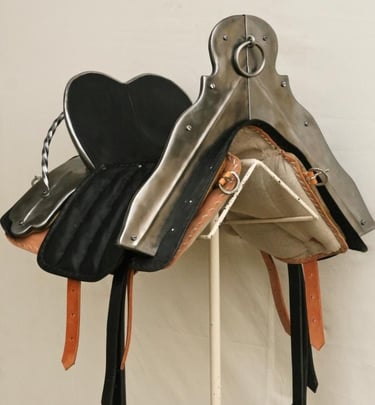

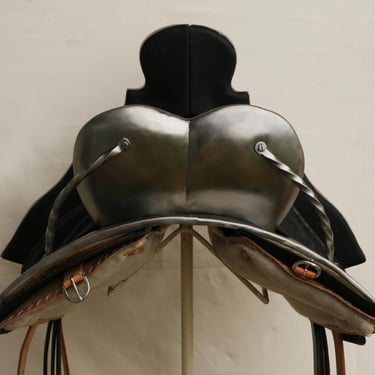
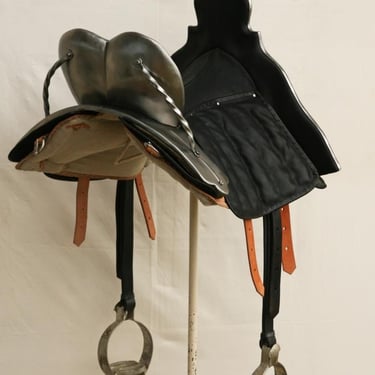
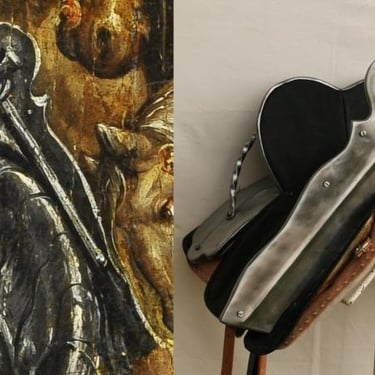
ARMAS no.1 (16th c.) - 5200 Є
Based on painting called 'Bitwa pod Orszą' circa 1540.
It is a typical saddle for a heavily armed rider, which evolved from late-medieval type saddles.


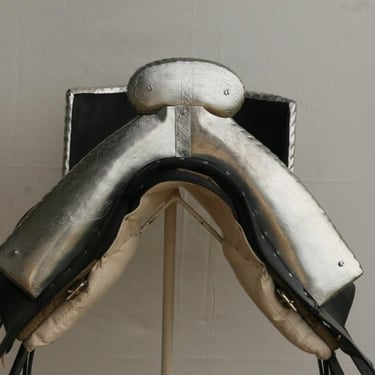
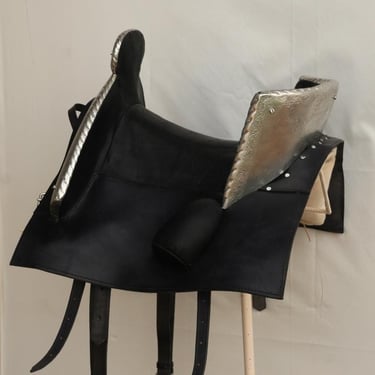
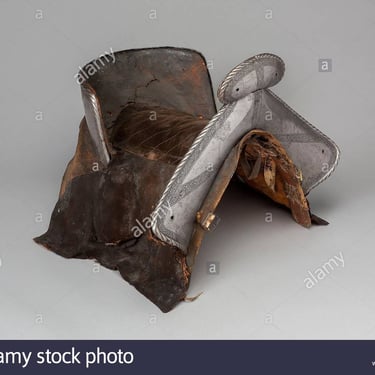
ARMAS no.2 (16th c.) - 4600 Є
There can by added pillows in the front of the knee for protection and keeping position of the legs. It could be finished with wool, velvet or leather.
Bridona kind of saddles
These are saddles intended for jousting discipline or mounted combat and they are reconstructed on the basis of the preserved originals. The saddle tree is made of wood and has long and wide sticking out points that encompass the horse and prevent the saddle from twisting on its back. Moreover, these parts distribute the weight of the rider properly. On the bottom of the saddle tree there are pillows filled with natural wool that adapt to the horse's back. Depending on your preferences the seat can be hard or with a layer of felt. In these models the pommels are covered with metal plates of iron or brass.
PRICE- 4600 - 4900 Є
These are the same types of saddle as above, but in this case instead of large metal plates only the edges are covered with brass trims.
PRICE- 4000 - 4300 Є
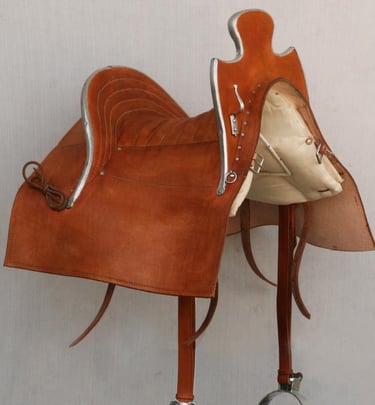




It is a type of saddle well described by 15th century authors such as Dom Duarte and Pietro Monte's Collectanea. The type designed for combat and tournaments, enabling the adoption of various types of seat and protecting the lower parts of the rider. The saddle is built on wide bars, which are designed to distribute the weight of the rider. On the bars there is a cushion filled with straw or fur. Such saddles do not impose a precise seat, but due to the height of the cushion and its narrow profile, they provide a very comfortable position in the 'standing' style with the legs straight down. Thanks to the extended pommel, the saddle allows you to brace yourself well and feel safe.
Although I have not found any of the preserved originals with pillows attached to the bottom of the saddle, I recommend using them for the sake of the horse and I attach them to every saddle of this kind.
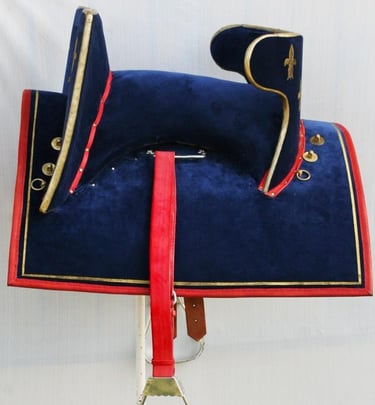

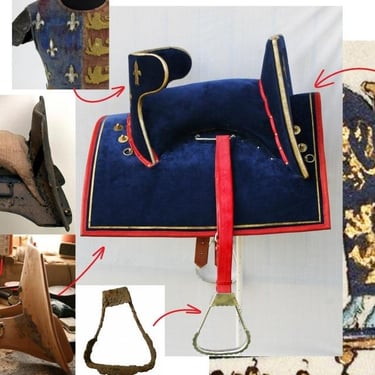
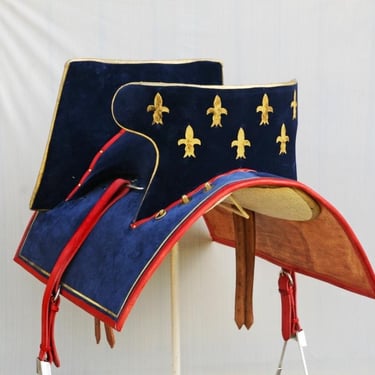
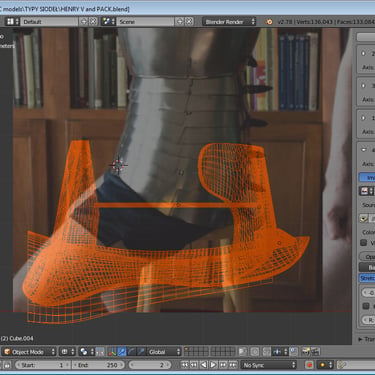
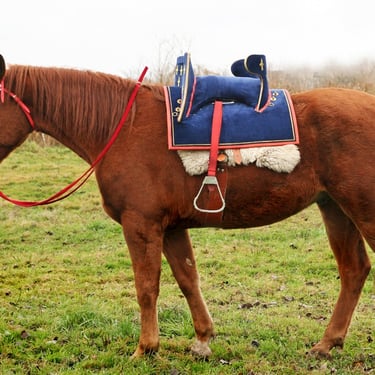
ARMAS no.3 (17th c.) - 3600 Є
Based on the saddle depiction from King Sigismund III Vasa's sarcophagus - 1631.
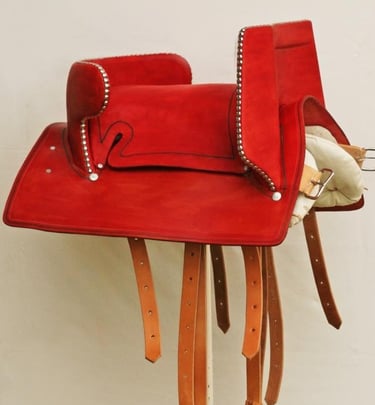

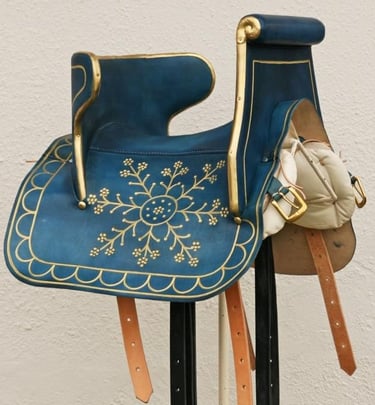



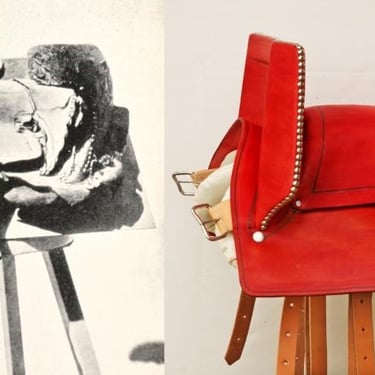
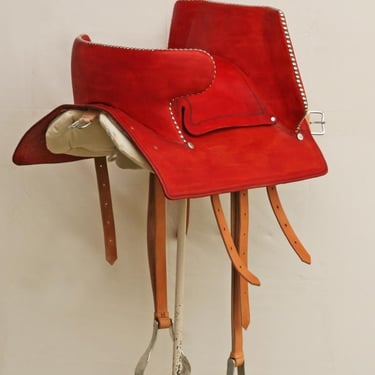
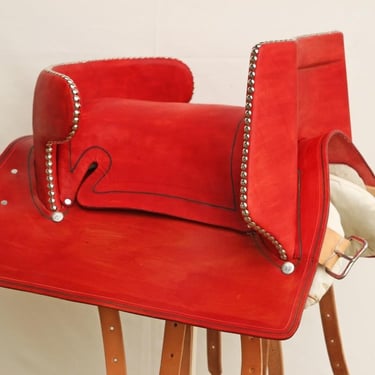

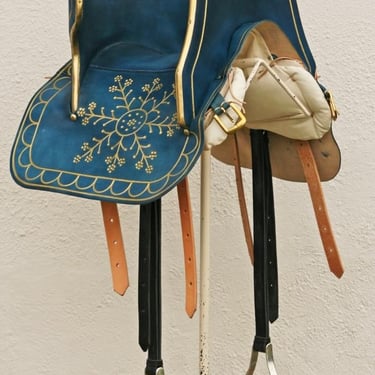

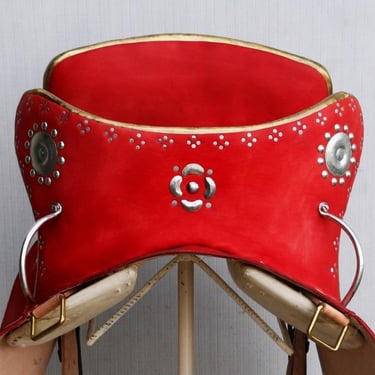
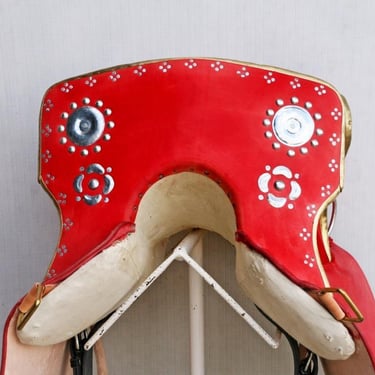
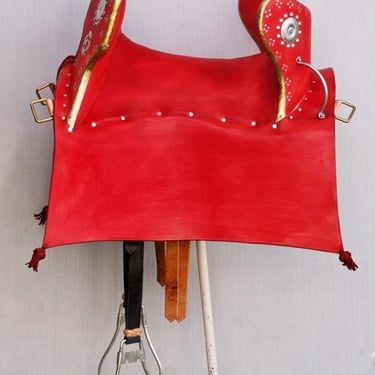
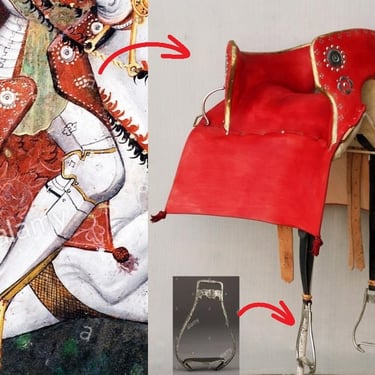
BRIDONA no.6 (15th c.) - 3300 Є
Based on 'Guido delle Colonne. Histoire de la destruction de Troye la grant' (1480-1490).
BRIDONA no.7 (15th c.) - 4100 Є
Reconstruction based on the paint of Giacomo Jaquerio or his apprentices circa 1422 - Italy.
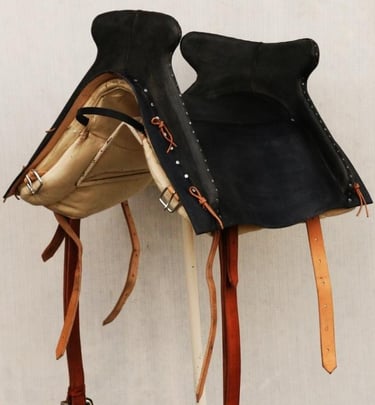

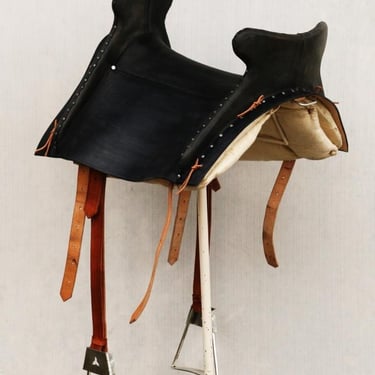
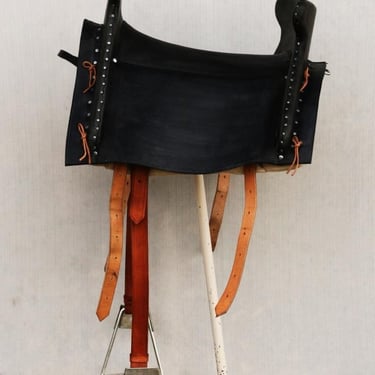

BRIDONA no.8 (15th c.) - 2700 Є
Based on St. George figure from Coventry - first half of 15th c.
Covered with black leather.

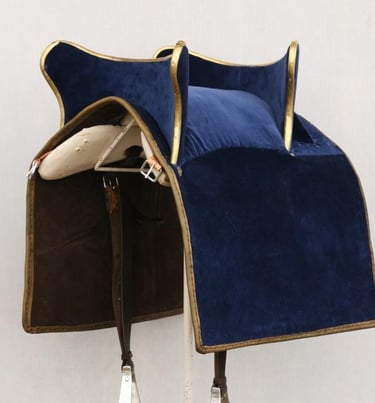
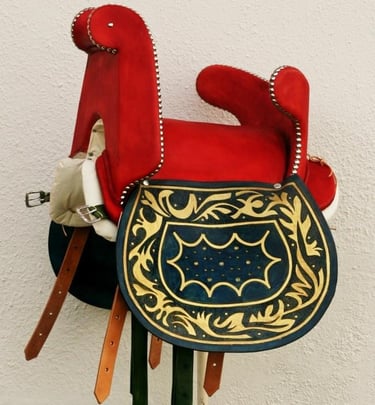


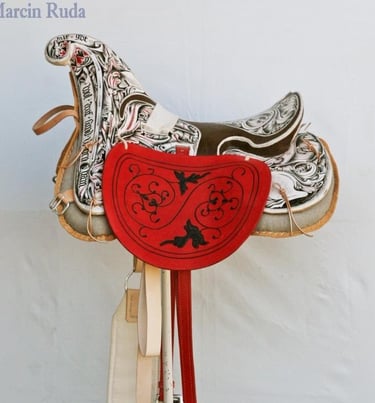
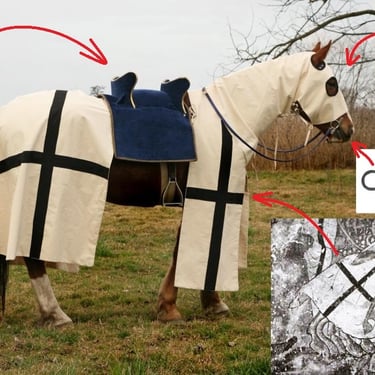
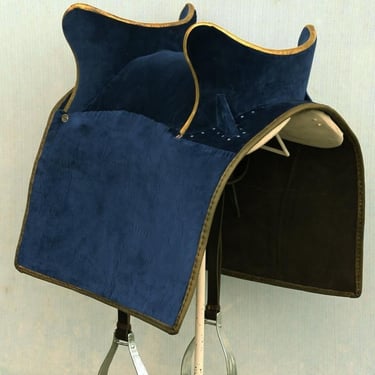

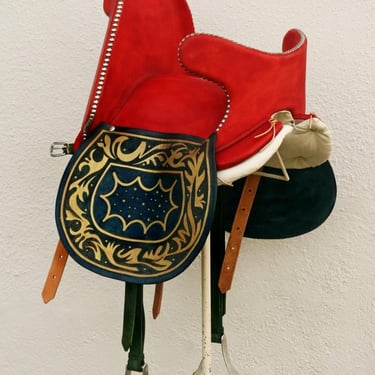
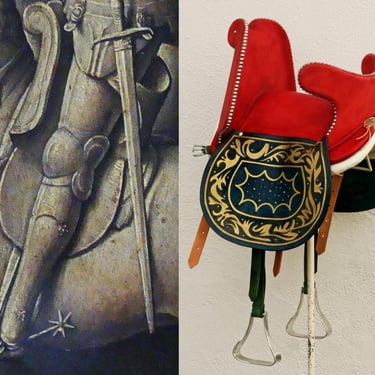

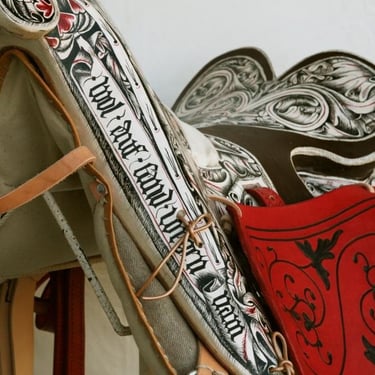
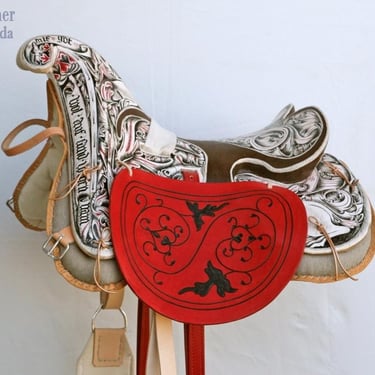
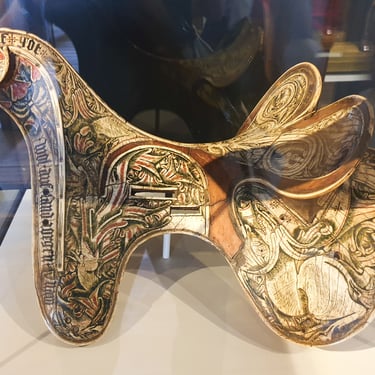
BRIDONA no.9 (15th c.) - 2800 Є
We used painting from Santa Caterina, Galatina, Italia (1400-1420). Finished with blue velvet and brss fittings.
BRIDONA no.10 (15th c.) - 3300 Є
Based on 'Sforza Triptych' (exterior) c. 1460
Museum Royaux des Beaux-Arts, Brussel.
DRAGON no.1 - Price to be agreed.
Based on the bone saddle from London (Royal Armouries) 1400-1430, inv. VI.95. 'Possibly for the Hungarian Dragon Order'. The saddle tree made by Joram van Essen. Instead carved bones saddle was painted by Markéta Poskočilová. My part of work was added every leather elements.
Dragon type of saddles
This type of saddle was created at the very end of the 14th century. It is a saddle of a lighter construction, but we can still find not only the 'civilians' but also the 'armored' in it. These saddles differed significantly by sticking out points and seat height. The first examples rather resembled bars constructions, and the later the type, the slimmer and with longer points it is. Thanks to these long points, the saddle has a low tendency to twisting on the horse's back. The seat is made of solid wood and can be softened with layers of felt. It has its own profile with the lowest point in the middle. From the bottom, you can see fabric pillows filled with natural sheep's wool.

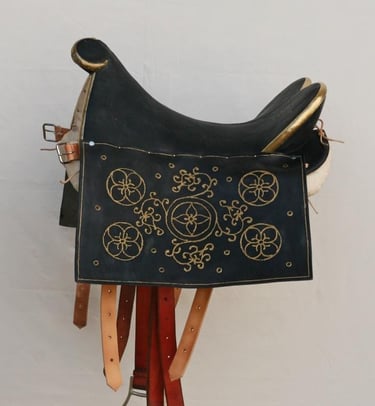
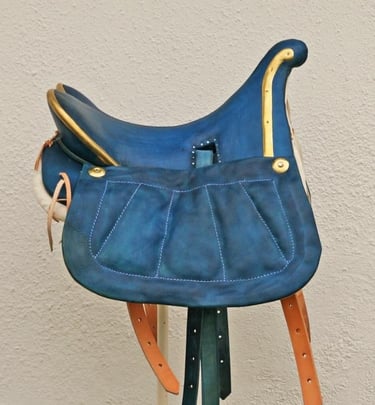

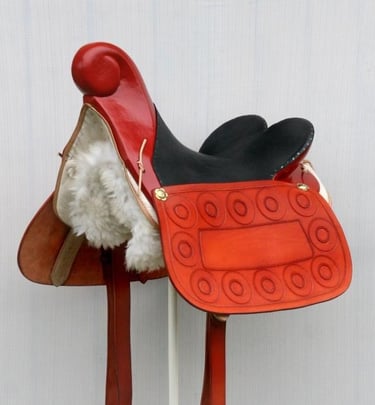



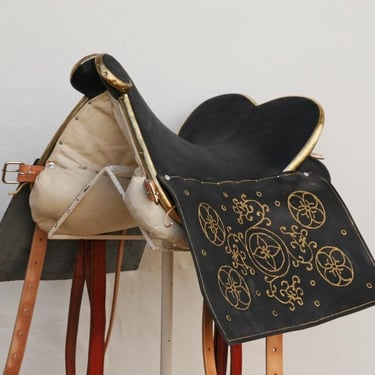
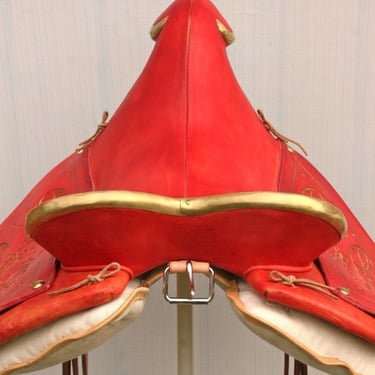

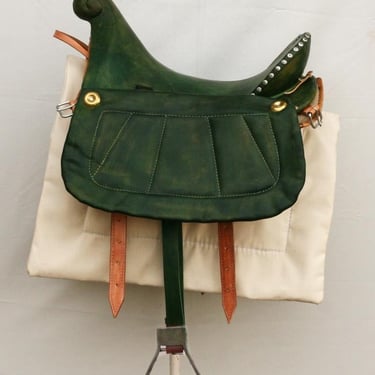
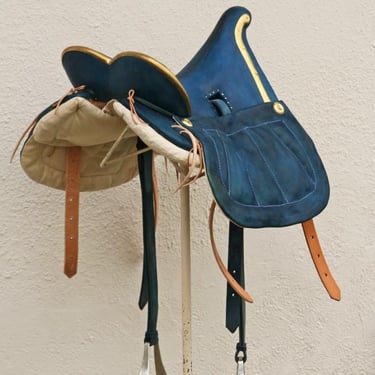

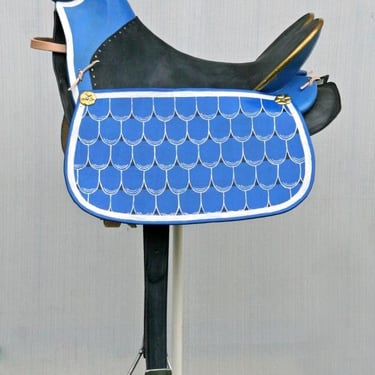
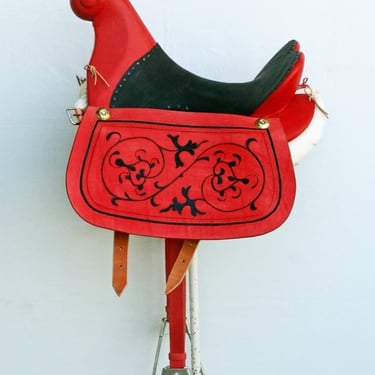
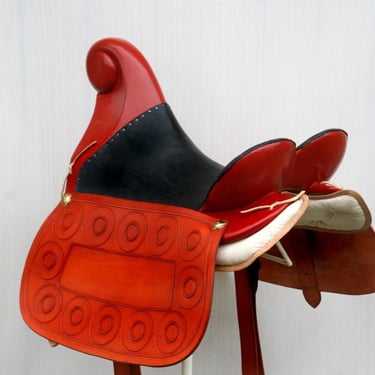
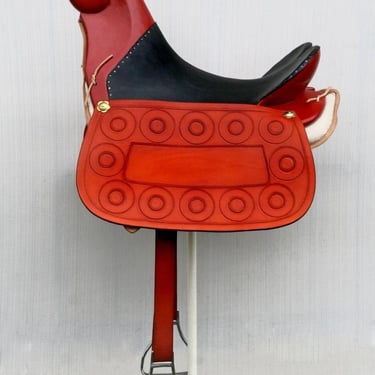
DRAGON no.2 (15th c.) - 3100 Є
Based on illumination by the Boucicaut Master, in Boccaccio, 'Des cas des nobles hommes et femmes, trans'. French, Paris, about 1415.
DRAGON no.3 (15th c.) - 3000 Є
Popular type of light saddle in medieval iconography for the first half of 15th c.
DRAGON no.4 (15th c.) - 2800 Є
Reconstruction of the medieval saddle from the St. George sculpure group from the Basilica of Gdansk (circa 1400).
One of the most popular type of saddel in medieval Europe.
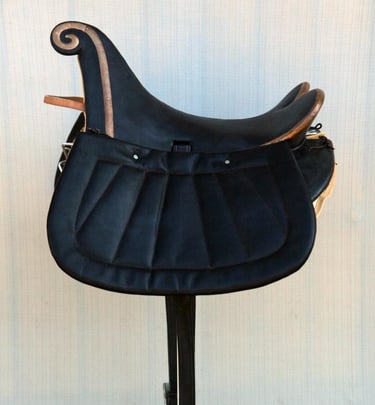

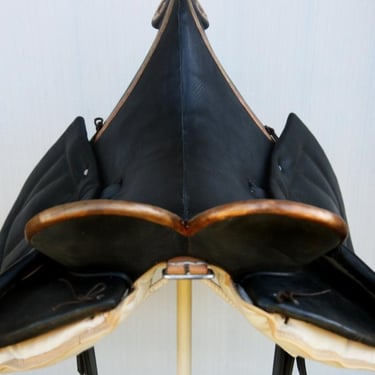
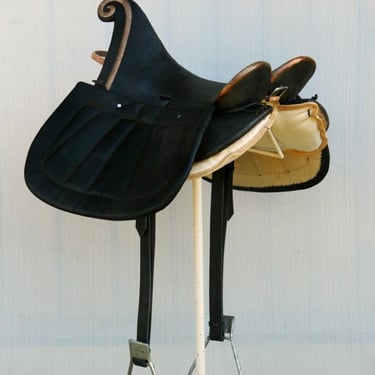


DRAGON no.5 (15th c.) - 3200 Є
Based on painting by Meister der Pollinger Tafeln - Germany 1444.
This type has elongated points that encompass the horse much better than the others.
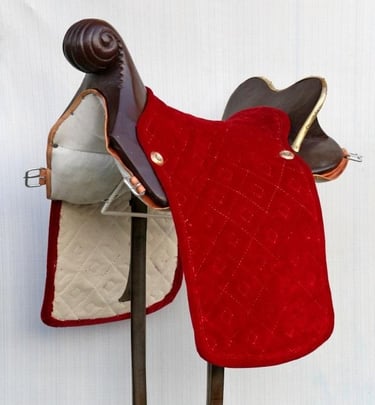

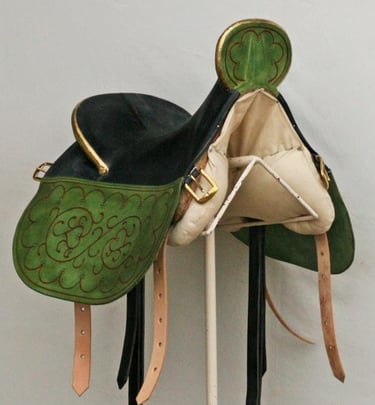

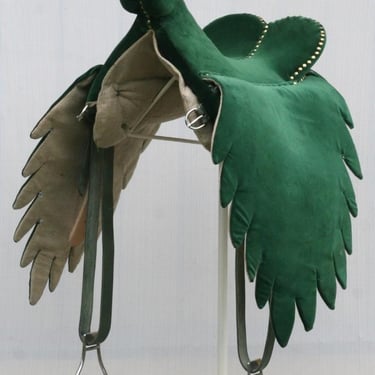
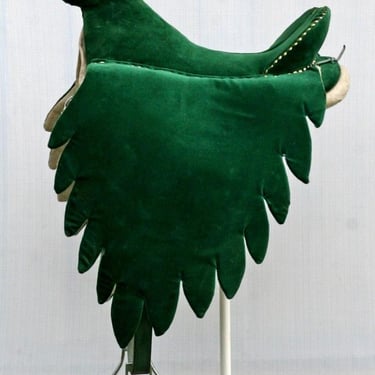

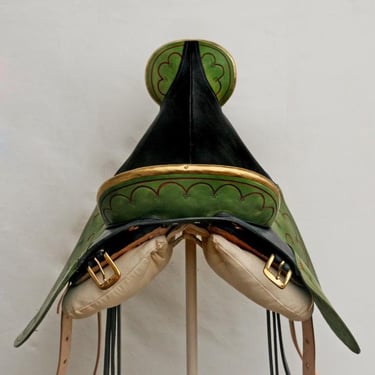

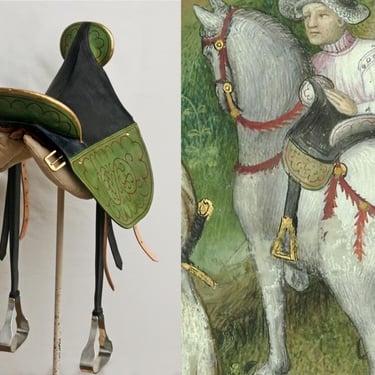
DRAGON no.6 (16th c.) - 3200 Є
Reconstruction of the medieval saddle based on graphic from 1510.
Painted wood, velvet and natural leather.
GREEN SADDLE (15th c.) - 2700 Є
Based on French manuscript 'Frontispice du livre du livre des merveilles du monde de Jean de Mandeville...'.
Author: Mazarine Master. Period: circa 1410-1412.
Other types of saddles
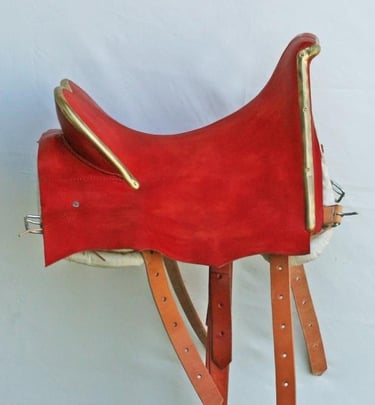

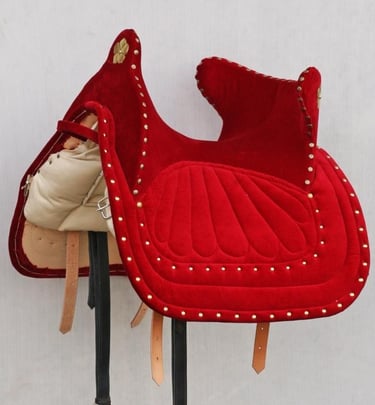

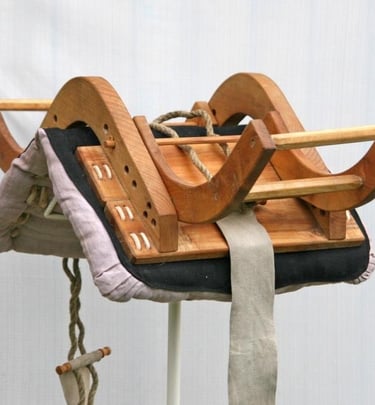




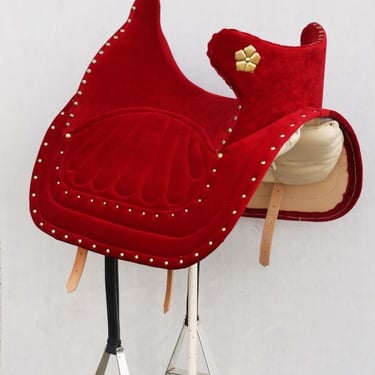
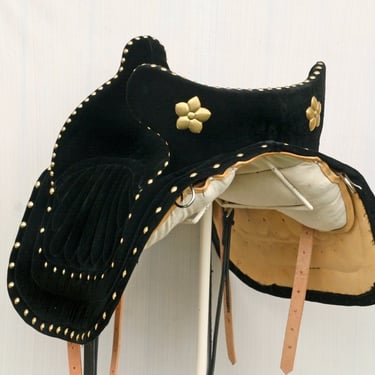
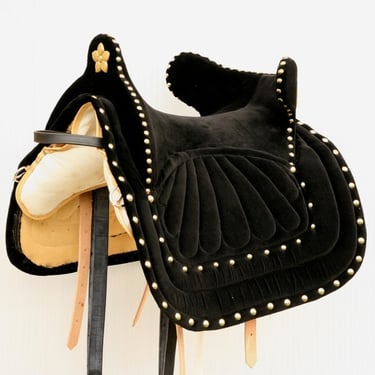
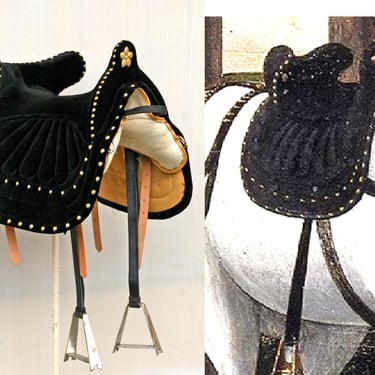

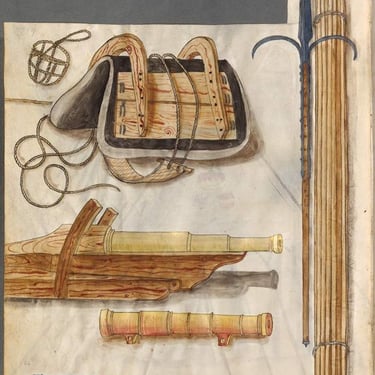
RED SADDLE (15th c.) - 2600 Є
Based on 'Le livre appellé Decameron, autrement le prince Galeot surnommé...'.
BOTTICELLI SADDLE (15th c.) - 3000 Є
Saddle reconstruction based on Sandro Botticelli paint 'The Story of Nastagio Degli Onesti' - 1483.
On the front and back pommel there are repoussed brass flowers. Saddle covered with black velvet.
PACK SADDLE (circa 1500) - 2200 Є
Reconstruction of the medieval saddle from the 'Book of Armaments of Emperor Maximilian I'- 1502.
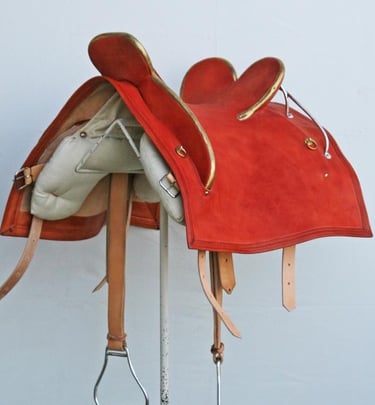

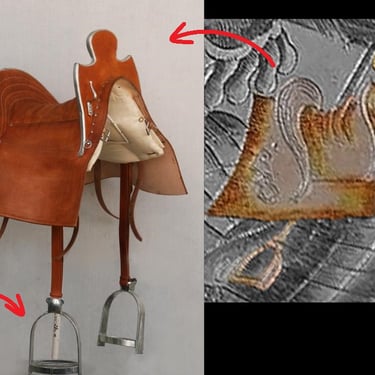

JOUSTING no.5 (15th c.) - 3600 Є
Based on saddle from museum KHM, Vienna dated 1486 and on Dürer illustration 'Saint Eustace' circa 1500.
At the customer's request we send the saddle tree to check the fit to the horse's back.
The tree is also prepared to ride and after checking and accepting everything the saddle is finished.


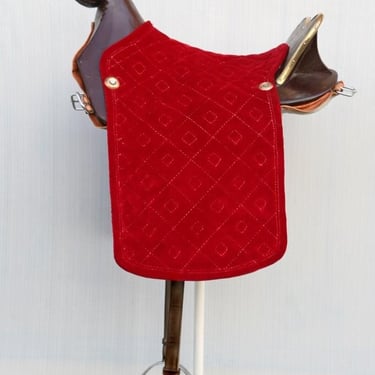
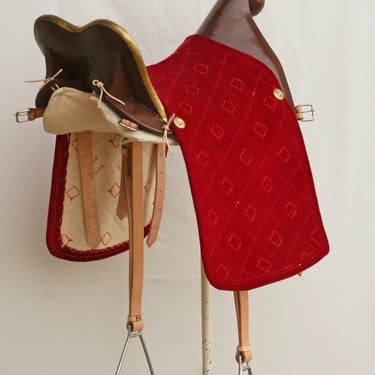
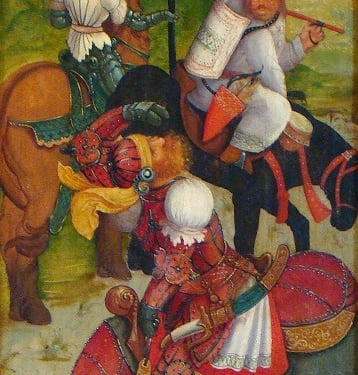
DRAGON no.7 (15th c.) - 2500 Є
Reconstruction of the medieval saddle from 'The Battle of Liegnitz' - 1430
BRIDONA no.5 (15th c.) - 2900 Є
Based on 15th Century saddle what was prestented in Royal Armoury in Madrid.
BRIDONA no.4 (15th c.) - 3400 Є
Basen on the saddle belonged to Henry V and carried in his funeral- 1422. The original has steel stirrup bars, which were most likely used to quickly change the point of the stirrup straps without getting off the horse.
